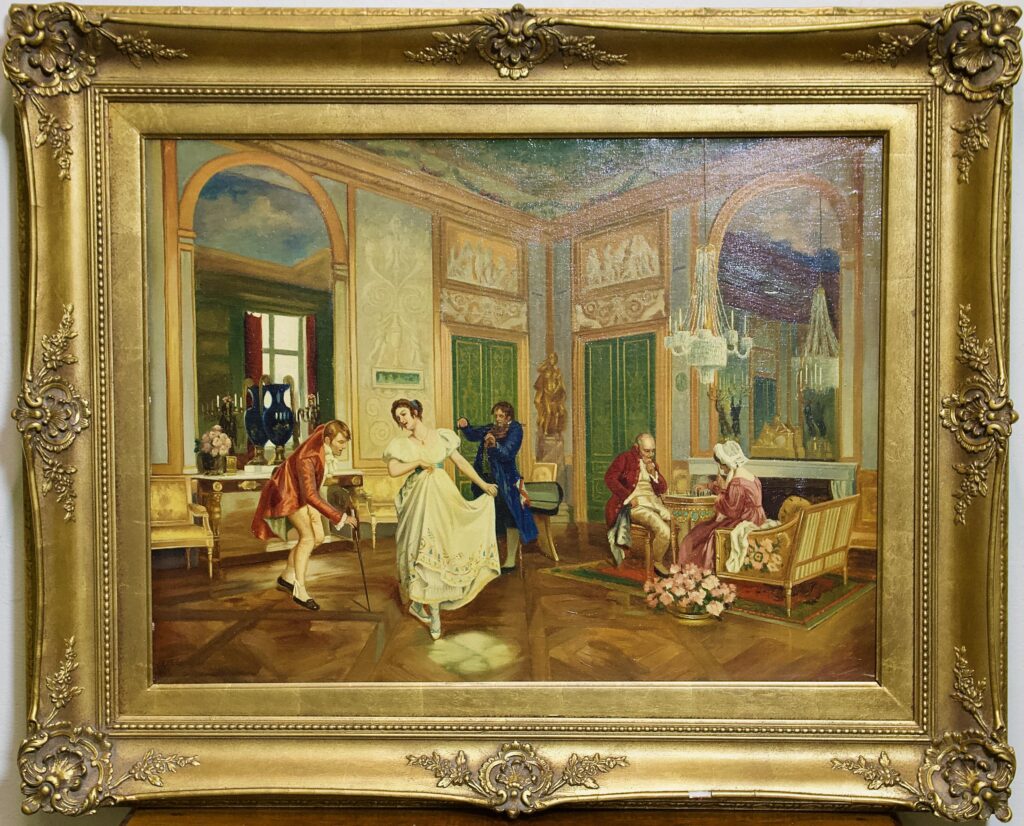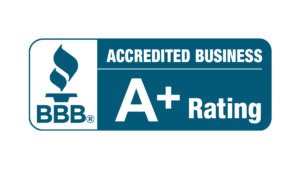How to Ascertain Whether Art is Original, a Reproduction or Fake
- Posted on 18th October 2023
- in Antique Art Buyers
- by Antique Art Buyers
Five Easy Tips to Distinguish Antique Art
If you are an avid art enthusiast, you’ll want to be able to tell original artwork apart from a reproduction or fake piece. Here are five easy ways to help you distinguish:
Step 1: Know Your Antique Art
Conduct your own research. Read all you can about modern art so you know exactly what it is. Do your homework on your individual piece. Investigate what other works the artist created. Get a close-up of the signature and compare signatures as well to make sure it is that of the artist the painting claims to be by.

Step 2: Visit a Museum to Identify Antique Art
In learning how to identify antique art, it’s a good idea to visit art museums. Study the patinas. Inquire with the museum’s staff to see if you can look at the back of a painting that is by the artist yours is by or, if none are in the museum, observing any signature can be helpful. If your art piece has a gallery listed on it, visit there and see what you can find out about it. Speaking with museum employees can turn out to be priceless and many are typically willing to share their wisdom so it never hurts to ask.

Step 3: Fully Investigate Your Antique Art
Use a magnifying glass to look at every nook and cranny in your artwork. Check out every inch of the painting including the front and the back. Look for bristle marks. Smell the painting to see if it has a faint scent of paint. Do all you can to cover every bit of the painting and don’t discount any of your findings.
Look for any markings on it, even on the sides. If you find any, read up on what the markings may mean. Be sure to check in obscure places. Even the slightest symbols can mean something.
Step 4: Antique Art
Patina holds a world of revelation. Closely examine the patina of the piece. Check for dust, texture, brightness of the colors or lack of brightness within the colors. Conduct a thread count. Look for tell-tale signs of fraud such as a piece from the 1800s being stapled on the back. The further you investigate the patina and other similar aspects, the more knowledge you will gain about the piece.
Once you are equipped with the findings of your investigation, research those findings online. Talk to fellow antique art enthusiasts. Leave no stone unturned.
Step 5: Antique Art Appraisal
The last step in figuring out for sure if your antique modern art is legit is to take it to get an antique art appraisal. Antique art buyers are experts at determining if a piece is original or if it’s a reproduction or even a fake. By turning to someone who specializes in distinguishing, you will not have a doubt and, you will be able to know exactly what your piece is, or isn’t, worth.

Antique Art Buyers
Now that you have learned how to investigate antique art, you may be interested in having your antique art appraised. You may also be ready to find antique art buyers to sell your art to.
If you are looking for an antique art appraisal, check out Antique Art Buyers. With years in the business, you’ll always be treated with respect. We are one of the highest paying buyers in the industry. Visit us at AntiqueArtBuyers.com
Tags: antique art, Antique art buyers, art appraisal, art buyers, art dealers



